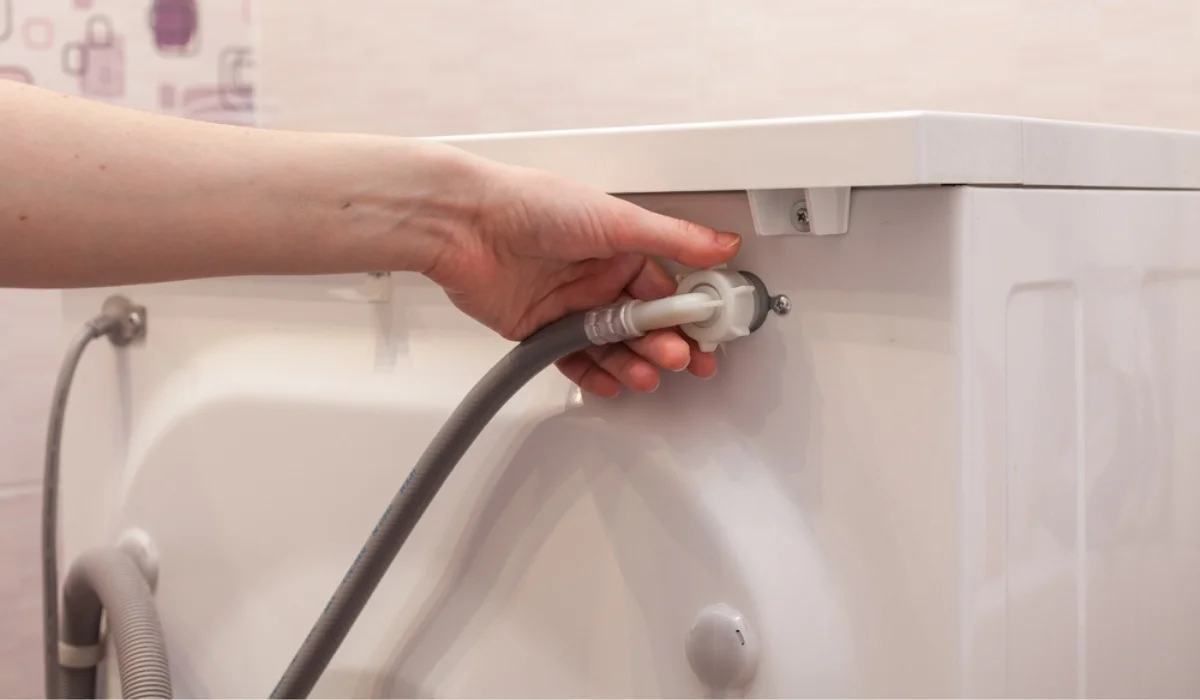Installing a new dryer can seem challenging, but with the right tools and a step-by-step approach, you can have your appliance up and running in no time. Proper installation ensures optimal performance and longevity of your dryer. This guide will walk you through the necessary steps to install your dryer safely and efficiently.
Tools and Materials Needed:
- Adjustable wrench
- Screwdriver (Phillips and flathead)
- Level
- Tape measure
- Duct tape
- Vent hose (flexible or rigid)
- Vent clamps or foil tape
- Power cord (if not pre-installed)
- Gas line (for gas dryers)
- Gas line sealant (for gas dryers)
- Pipe wrench (for gas dryers)




